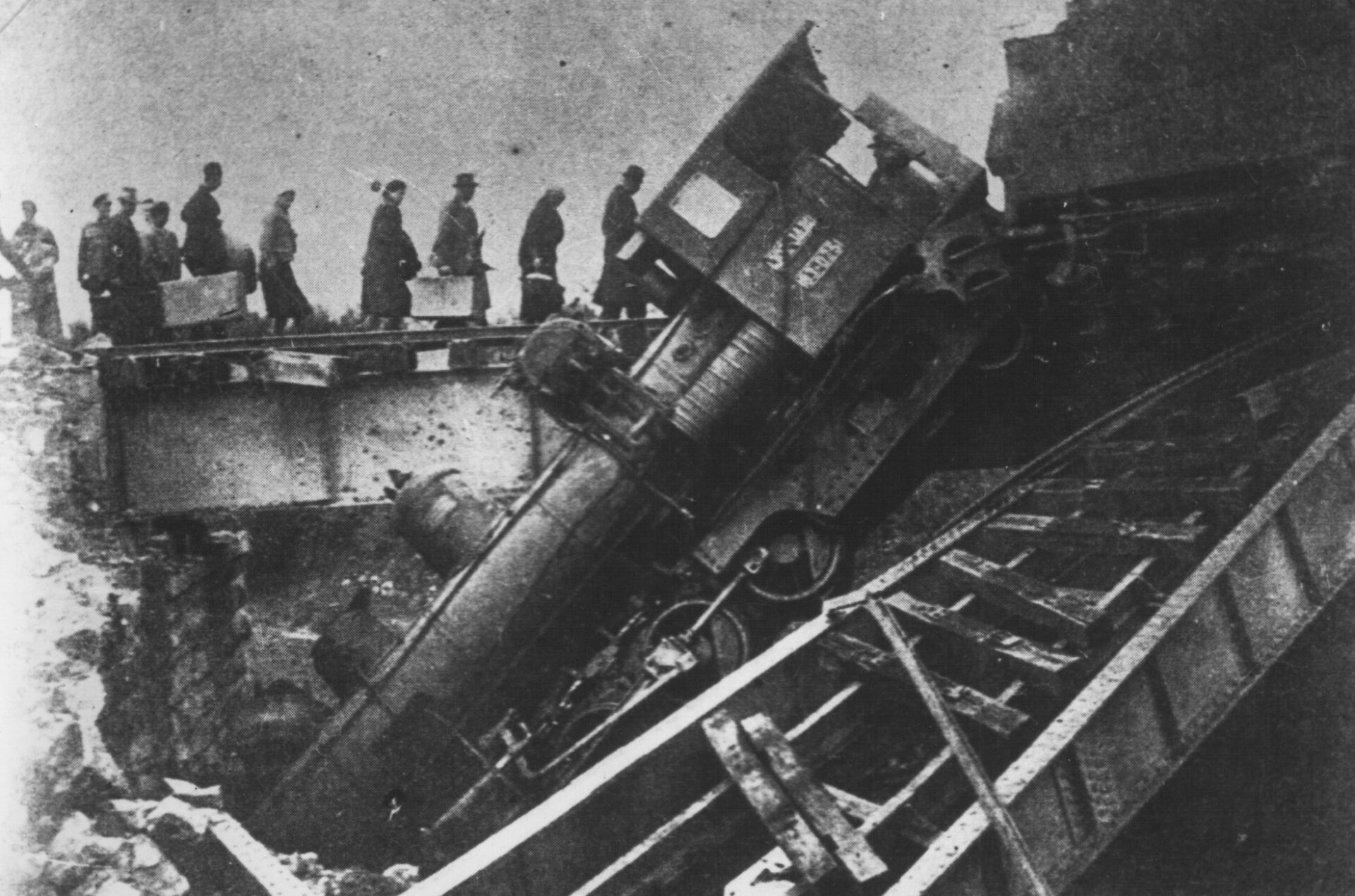Also in 1948, the Soviets faced a rebellion from a country that had previously seemed the most pro-Soviet of all the new communist states of eastern Europe—Yugoslavia. Yugoslavia had overthrown a pro-German government in 1941 and throughout World War II remained a scene of intense guerrilla action against the Germans and Italians.
There were two main groups of guerrillas: the Chetniks, representing the Serb royalist domination over the south-Slav kingdom; and the Partisans, led by Croatian-born, communist Tito. As the war continued, the communist-dominated Partisans gained ground against the Chetniks. The Soviets helped put Tito in control in 1944.
Once in power, Tito installed his own communist government, abolished the Yugoslav monarchy, and for three years adopted all the standard Soviet policies. Yet in June 1948 the Soviets expelled Tito’s regime from the Cominform. The Soviet satellites broke their economic agreements with Yugoslavia, unloosed barrages of anti-Tito propaganda, and stirred up border incidents. Stalin believed that he could bully the Yugoslays into submission. “I will shake my little finger,” he said, “and there will be no more Tito.”
But Tito remained in power, accepting the aid that was quickly offered him by the United States. Washington recognized that a communist regime hostile to Stalin was a new phenomenon that would deeply embarrass the Soviets. Gradually, Yugoslav communism evolved its own ideology, rejecting Stalin’s politics and declaring that Tito and his followers were the only true Leninists.
Tito decentralized the economy, beginning in the factories, where worker’s committees began to participate actively in planning. From the economy, decentralization spread to the local government, then to the central government, and finally to the Yugoslav Communist party.
Lest this new “national” communism spread to the other regimes, the Soviets directed a series of ferocious purges of “Titoists” in eastern Europe, terrorizing anyone who might hope to establish autonomy within the communist bloc.

